After we have the Xiaomi’s flagship smartphone, the Mi 5, here comes another successor, Redmi Note 3. Xiaomi rarely disappoints us with its budget friendly device. The Indian variant sports a Qualcomm Snapdragon 650 SoC while Chinese variant has a MediaTek Helio X10 SoC. The hardware is extremely powerful at this price while it also comes with a premium sand-blasted metal body and a fingerprint scanner at the back of the handset. So, will it be the only budget device to look for? Let’s see. Here’s our Xiaomi Redmi Note 3 review.
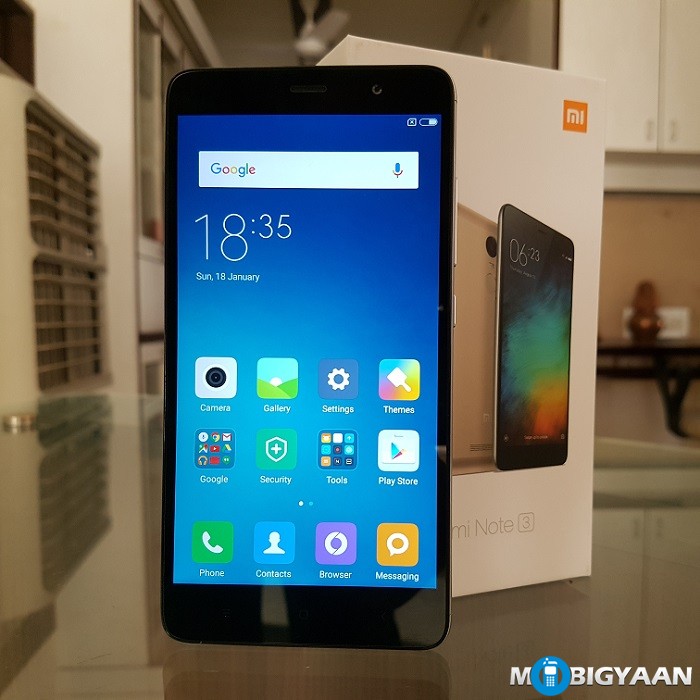
What’s In The Box
- Xiaomi Redmi Note 3 with battery
- Power Adaptor
- USB Cable
- SIM Tray Ejector Pin
- User Guide and Warranty Card
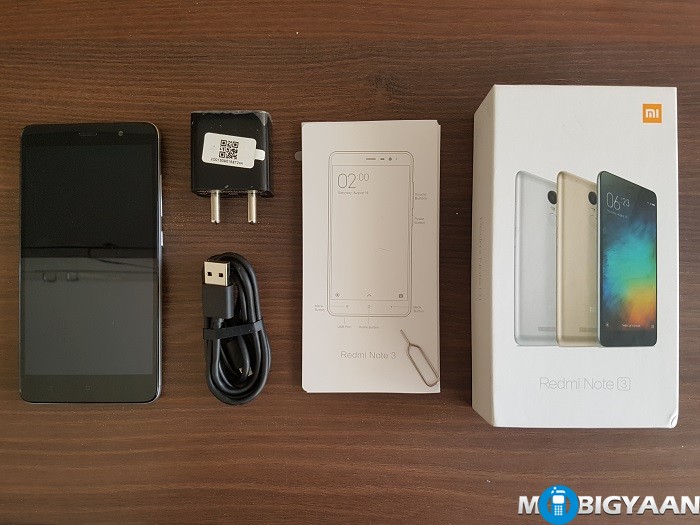
Xiaomi Redmi Note 3 specifications:
- Display: 5.5-inch IPS Full-HD (1920 x 1080 pixels) display
- Operating System: MIUI 7 based on Android 5.1.1 Lollipop
- Fingerprint Scanner: Yes, On the back
- CPU: 1.8 GHz Hexa-core processor, Qualcomm Snapdragon 650 SoC
- GPU: Adreno 510
- RAM: 2 GB LPDDR3
- Rear Camera: 16 MP f/2.0 with PDAF 0.1s ultra-fast focusing and two-tone flash
- Front Camera: 5 MP
- Internal Storage: 16 GB or 32 GB, Expandable via microSD card
- Network: Dual SIM (GSM + GSM), supports 4G Network
- Battery: 405
- 0mAh (non-removable)
- Dimensions: 150 mm x 76 mm x 8.7 mm
- Weight: 164 grams
- Colors: Silver, Dark Grey, Gold
Design and Build
The most anticipated smartphone which we have been waiting for is here. As you can see the make of the phone is completely surrounded by a metal at the back while the front is covered with a scratch resistant glass. Although it’s not a Gorilla Glass by Corning but it’s strong enough to prevent any scratches.
It looks the same as all the other Redmi Notes from the front, it does give you a good feel and a good comfort while holding it in the hands due to its curved design. The design is a lot improved compared to the previous Redmi Notes. The handset is a 5.5-inch and weighs around 162 grams. Using it in one hand may no be comfortable for some people.
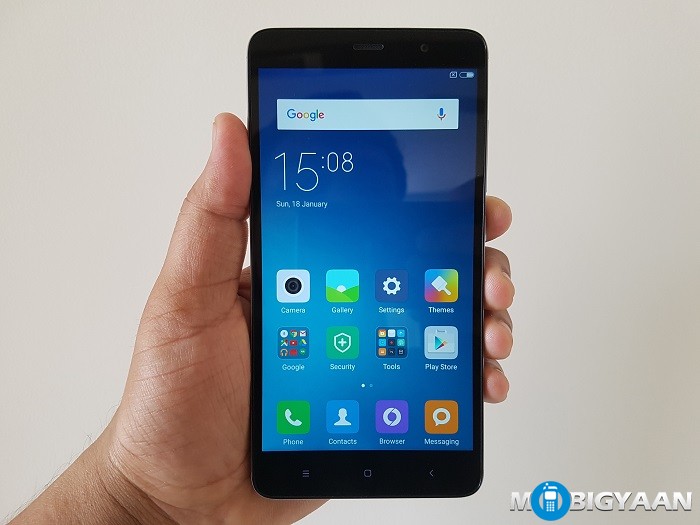
When you move at the backside, the phone comes with a 16 MP primary camera and a fingerprint scanner which unlocks the phone in just 0.3 seconds. What I find the best is the fingerprint scanner placement, it’s located on the back and it fits your finger exactly at the spot while you hold the handset.
Talking about the camera, the 16 MP autofocus camera is upgraded as compared to its predecessor. What’s more interesting is the smartphone now comes with a the fingerprint scanner.
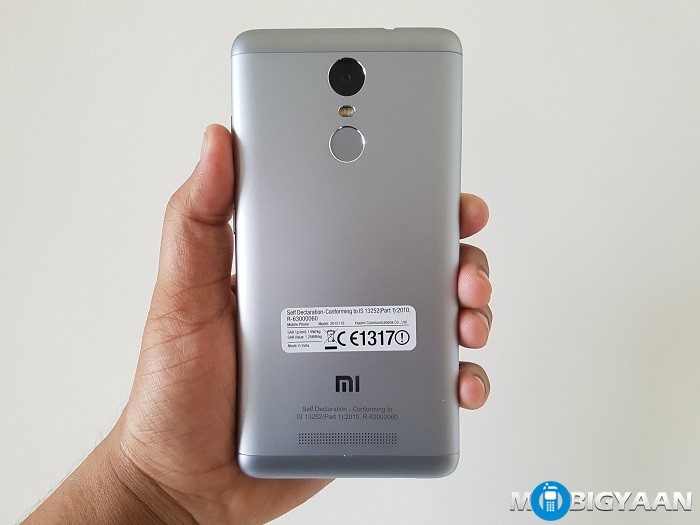
For a matter of fact, the touch navigation should be backlit because it helps you to locate the buttons at night. While most of the smartphones I know in this price range don’t come with backlit touch keys, the Xiaomi Redmi Note 3 wins the spot here.
If you have been familiar with the old Redmi Notes, the front still looks pretty same, however, the 5 MP front camera placement is now relocated to the right side but whatever, it still makes no difference on the front end.
Below on the backside, the Redmi Note 3 sports a speaker grill that performs more than average sound quality and decent loudness. You will also find the MI branding above the speakers.
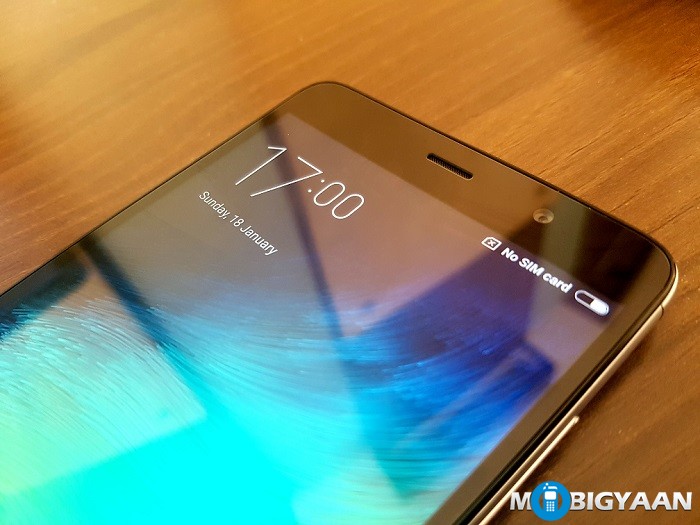
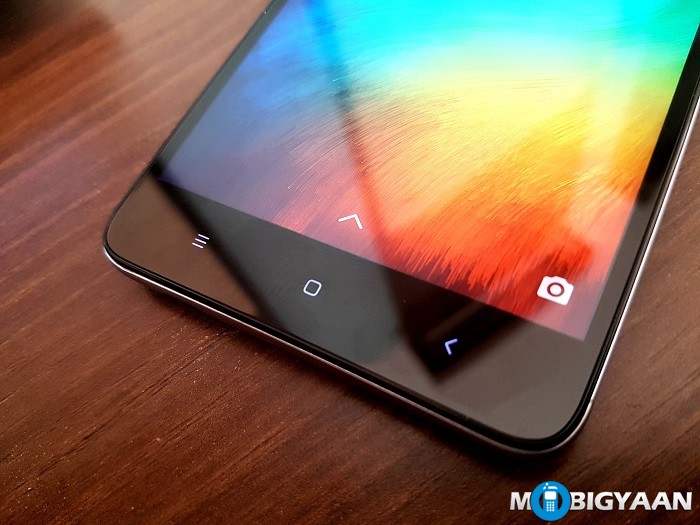
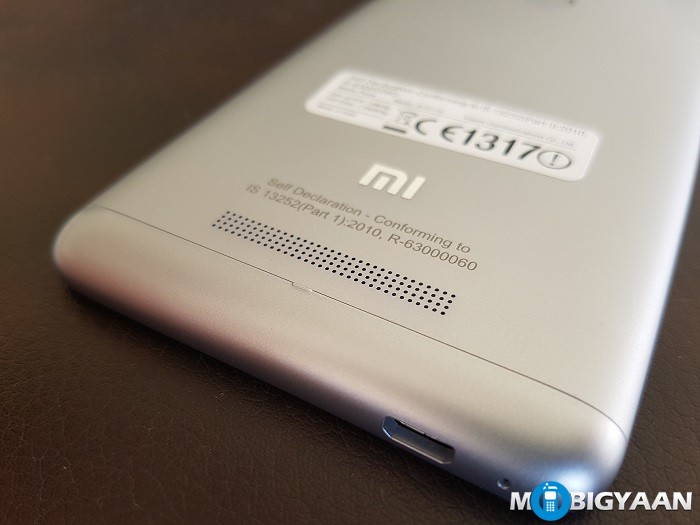
On the left side, it holds a hybrid SIM tray that supports either dual SIM or single SIM + Micro SD. The tray can be easily removed using the provided SIM tray ejector pin.
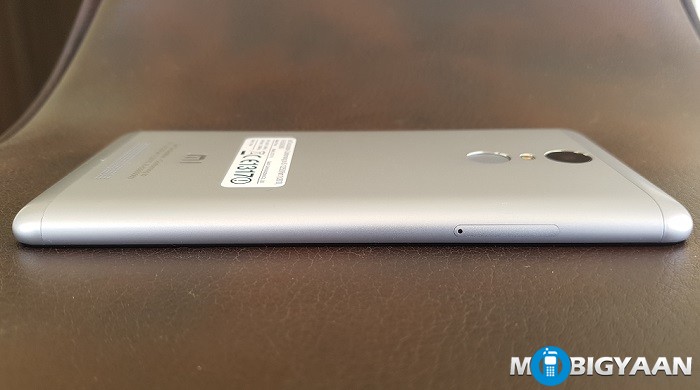
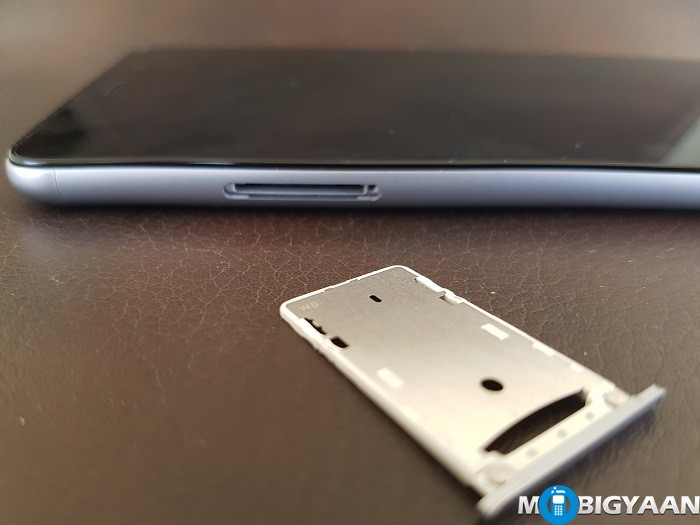
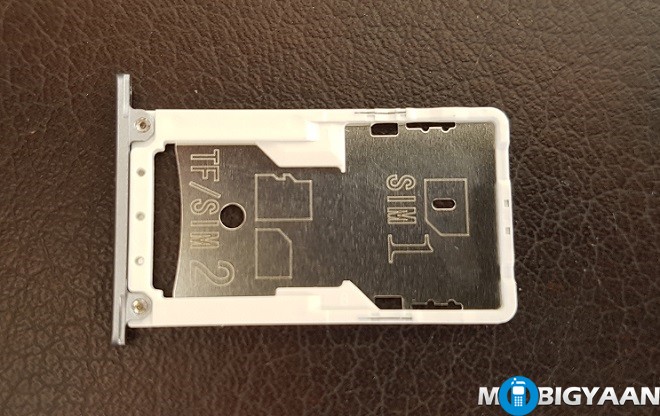
The volume rocker buttons on the right side give a pleasant feel. The same is with the power button alongside the volume rockers. The buttons are sleek and finely made out of metal giving you a nice feedback.
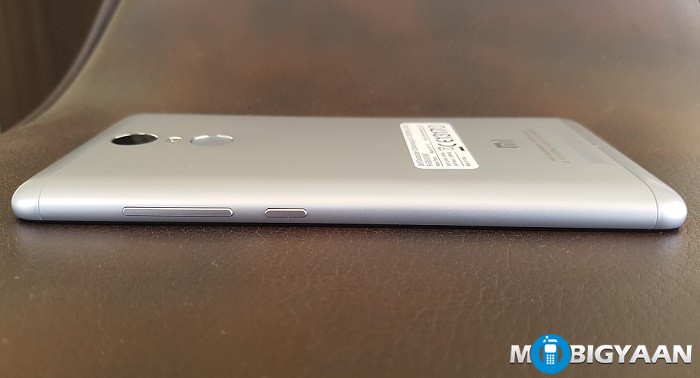
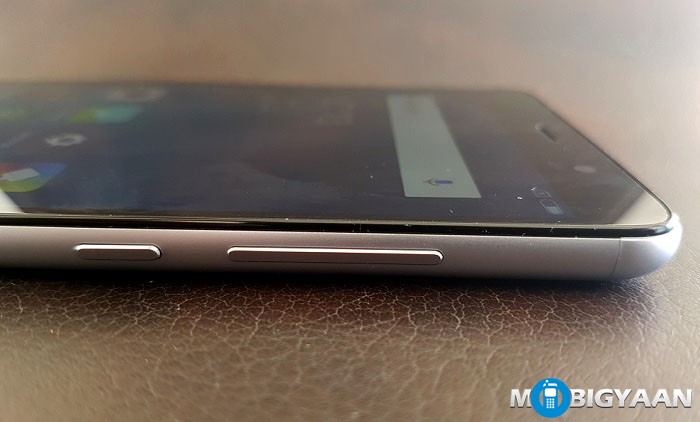
It could have been better if Xiaomi had provided a USB Type-C instead of a standard Micro USB port since its competitor LeEco Le 1S sports a USB Type-C. As for the top and bottom sides, a 3.5 mm audio jack and a microphone is provided on the top. An added feature is the IR Blaster. The second microphone is located at the bottom along with a Micro USB port.
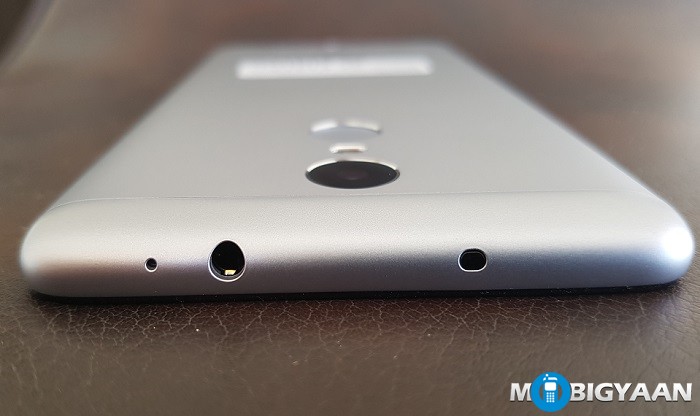
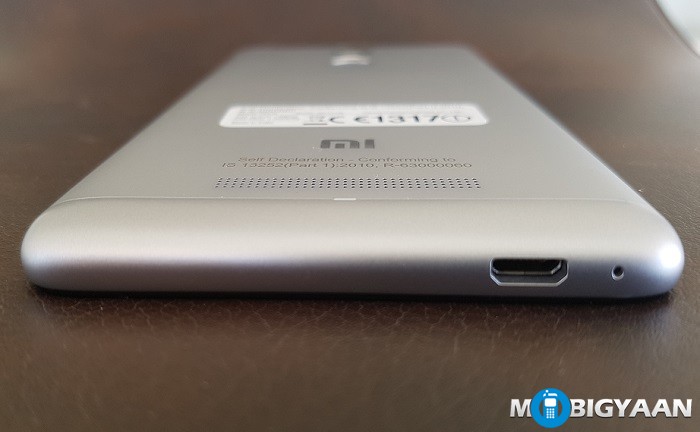
Display
The Xiaomi Redmi Note 3 has a 5.5-inch full HD IPS display having a resolution of 1920 x 1080 pixels. As the display is a full HD, the text appears sharp. On the top, there is a scratch resistant glass protection to prevent from soft scratches.
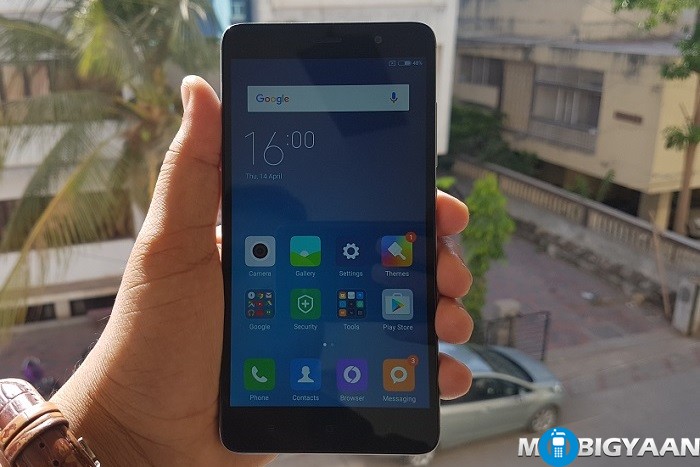
The viewing angles on the Redmi Note 3 are great, you can read the text at a certain angle while the colors do not fade away. The visibility under sunlight is sufficient but not that great.
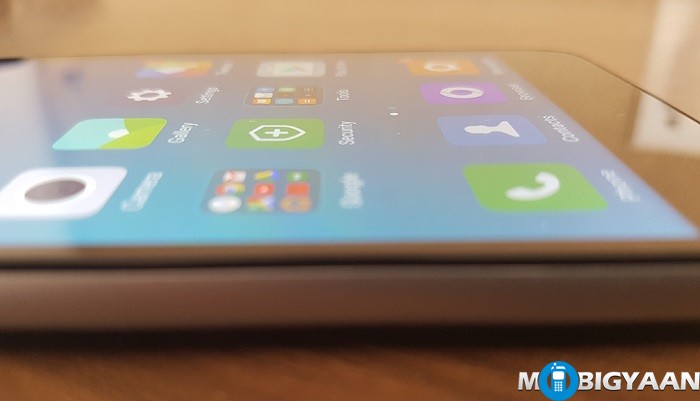
The colors appear somewhat on the cooler side which is an issue for some people, but it can be changed in the display settings. If you like the warm Effect, set it accordingly.
The display settings also have a Reading mode which reduces the glare and pleases your eyes while you read from the display.
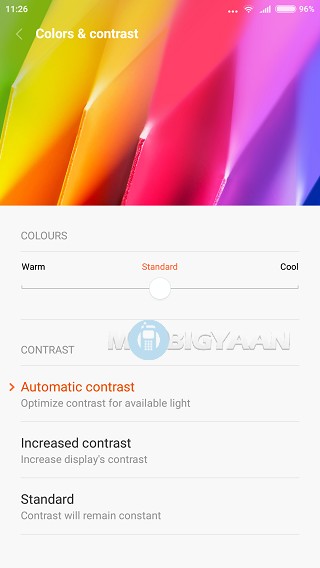
Software and User Interface
MIUI 7 is quite useful if you like simplicity. The Xiaomi Redmi Note 3 comes with Android 5.1.1 lollipop based software called MIUI7.
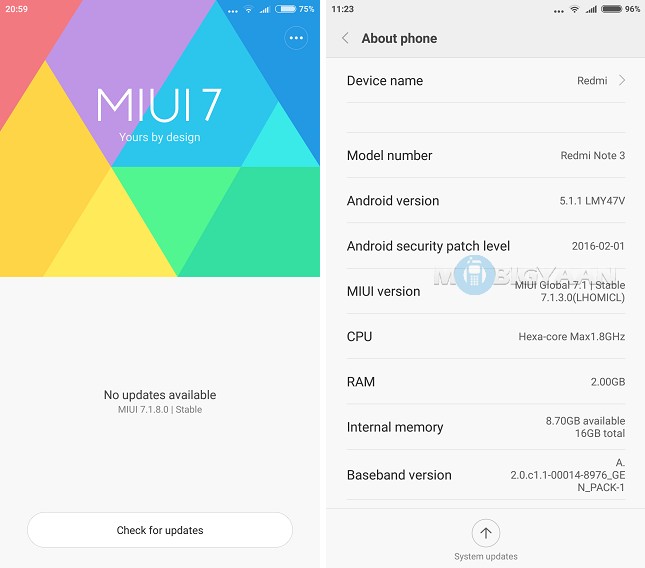
The software experience on the Redmi Note 3 is very similar if you are familiar with the interface of the Xiaomi’s phones. But MIUI7 is now much faster and better.
Initially, when using the smartphone, I did not face any major problems with the interface, it is as snappy, responsive and smooth as it should with the new Snapdragon 650 chip inside. However, as the interface is new, it seems like it isn’t polished. I faced a few seconds waiting time to enter the homescreen while switching from the apps, settings, and a few games. The phone also lagged once being unresponsive and the power button and the fingerprint scanner was a dead wood at that time. But, that’s the issue with the software and it might be updated lately if Xiaomi could release future updates. Chances are, it’s only a matter of time before you are hindered by the annoyance of the software.
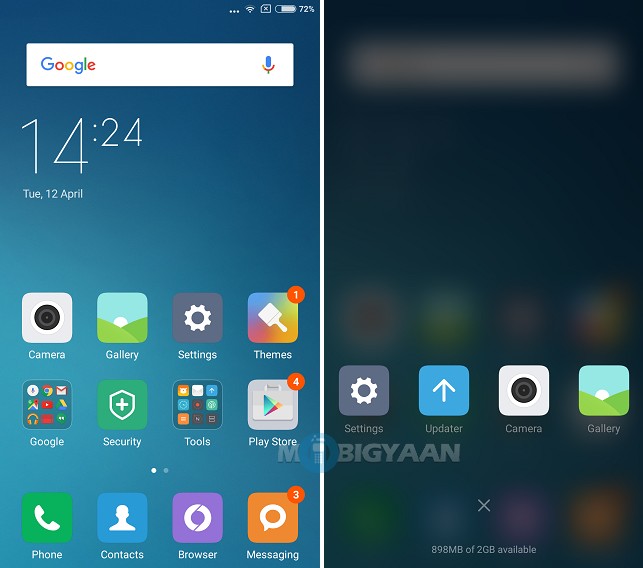
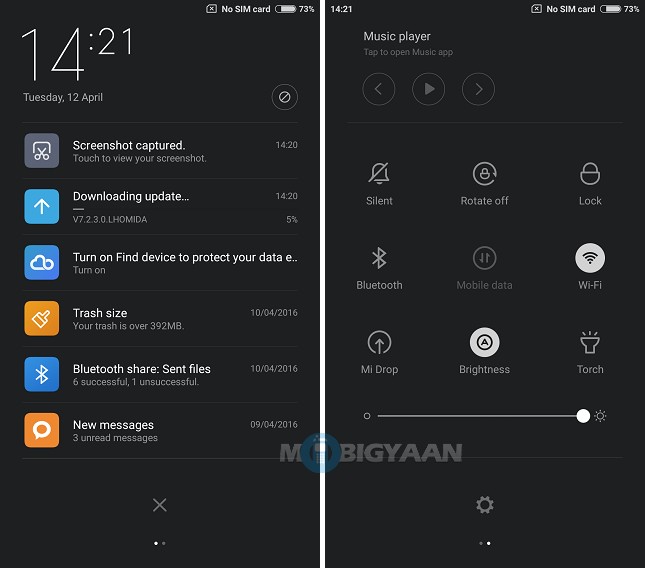
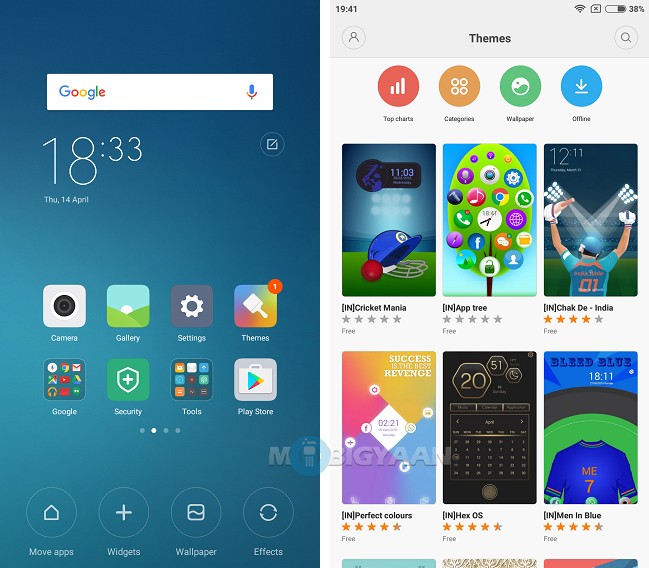
We got a recent software update from Xiaomi and a few bugs were resolved and system optimizations are done as seen in the change log.
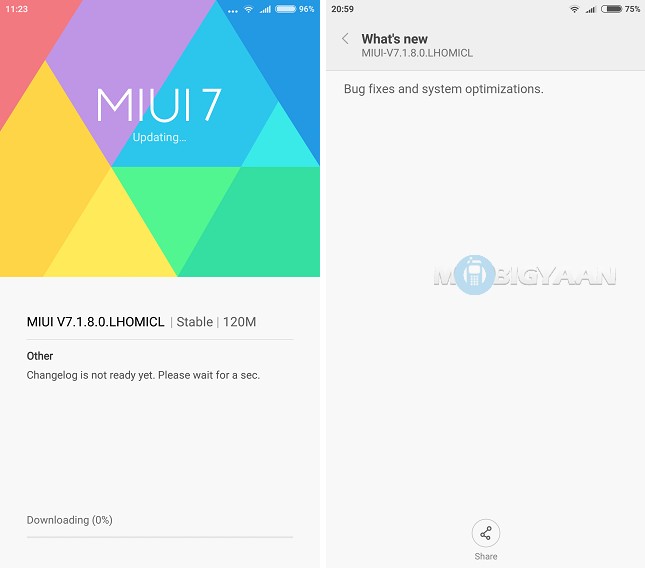
The software has some great features such as One-Hand use, Scan, Mi Remote for IR blaster, a built-in barcode scanner, and themes for MIUI7. The Scan app deals with all the aspects of the software such as cleaning the storage, battery saving, auto start apps, call blocklists, app permissions and etc.
Similar to the feature we have seen in Android Marshmallow, the MIUI7 boasts an app permissions feature. Furthermore, the interface supports one-handed use. To perform the one-hand operation, swipe the all three navigation buttons.
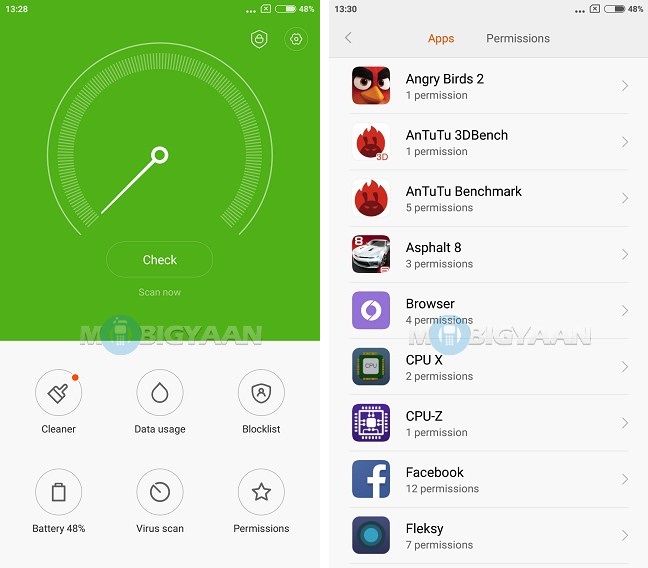
Fingerprint Scanner
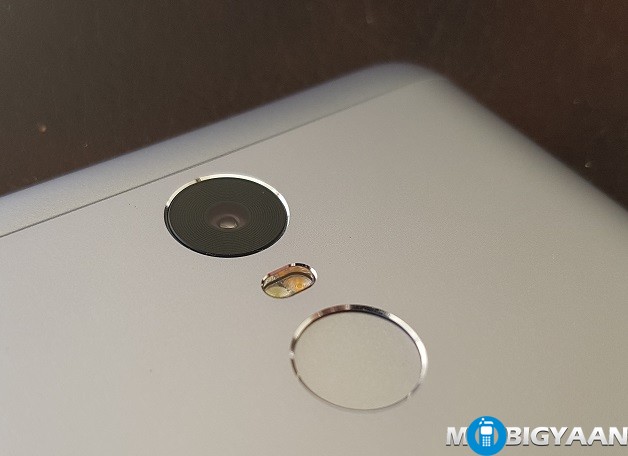
Nowadays, a fingerprint scanner is necessary for the smartphones as it provides an added security level with a convenience for the users not to remember passwords. The Xiaomi Redmi Note 3 comes with a fingerprint scanner on the back that unlocks the phone in 0.3 seconds. After using the fingerprint scanner, it quickly unlocked the phone in less than a second. As we have also used the fingerprint scanner on other smartphones, this can’t beat the legendary fingerprint scanner on the Honor 7. But for a price, you certainly wouldn’t want to complain about.
It supports a maximum of 5 different fingerprints.
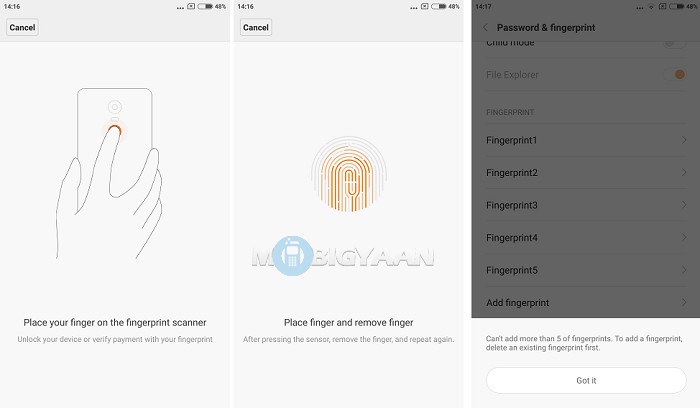
Hardware, Performance and Gaming
Xiaomi Redmi Note 3 is a beast at the performance. The handset holds a powerful Snapdragon 650 SoC having 6 cores in which 2 cores (Cortex-A72) are high performance clocked at 1.8 GHz and the rest 4 cores are power savers (Cortex-A52) having a clock speed of 1.4 GHz. All the cores can run at the same time.
The performance scores we saw it was mind blowing. They were as close to the last year’s flagships i.e. Snapdragon 808 and Snapdragon 810 as seen in many devices like LG G4, Sony Xperia Z5, OnePlus 2, and etc. What could be better than getting a smartphone performing like a flagship at a low price? That’s what Xiaomi did with its Redmi Note 3.
Although the chip inside is powerful, it doesn’t mean that you will get extraordinary performance. We used the phone and it seems like the UI isn’t polished. While it did not lag most of the time, but a few times it took some time opening apps, opening homescreen, loading games and opening a few stuff inside the settings. But all in all, the performance you get is a killer one.
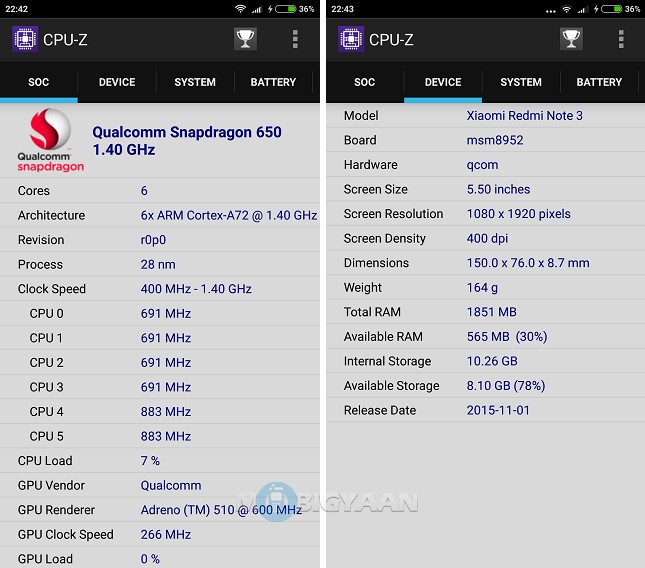
Now talking about the benchmarks, they are remarkable. The AnTuTu scored surprisingly 70738 points in 2nd PASS. The points varied somewhat. The first time we got was 72123, however, the third time we ran AnTuTu, it showed us 62507 points. Now, the score is still higher than the most of the phones available at the same price in the market.
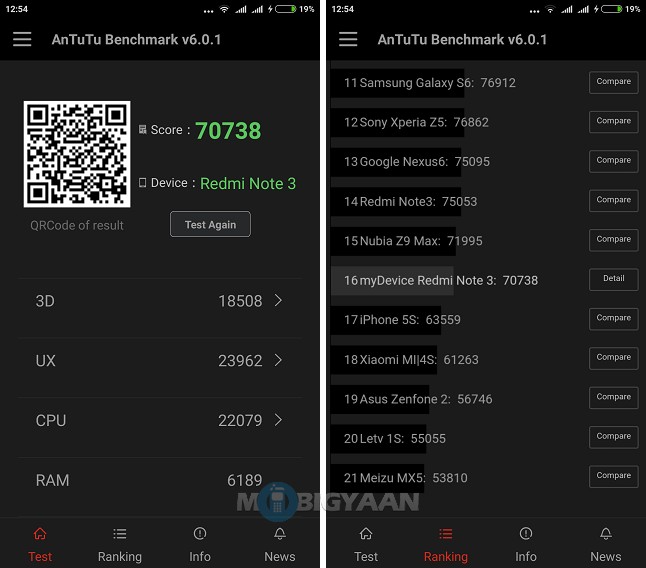
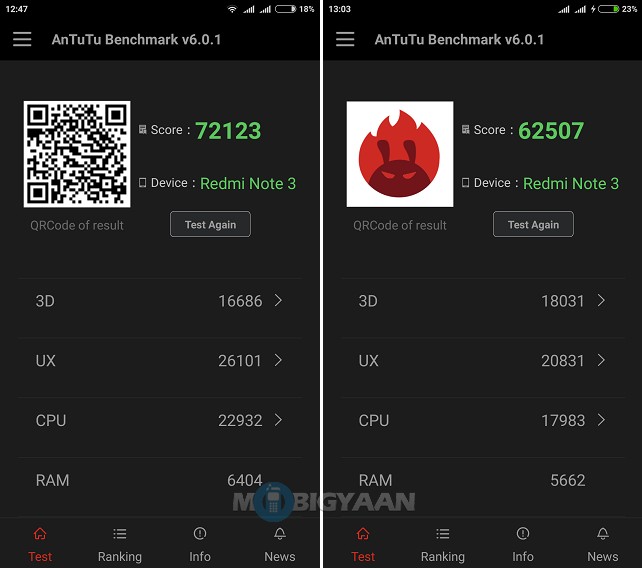
The Geekbench also surprised us with a whopping 1474 single-core and 3384 multi-core results. The Geekbench score is better than the flagships launched last year. It surpasses the Samsung Galaxy S6 and OnePlus 2.
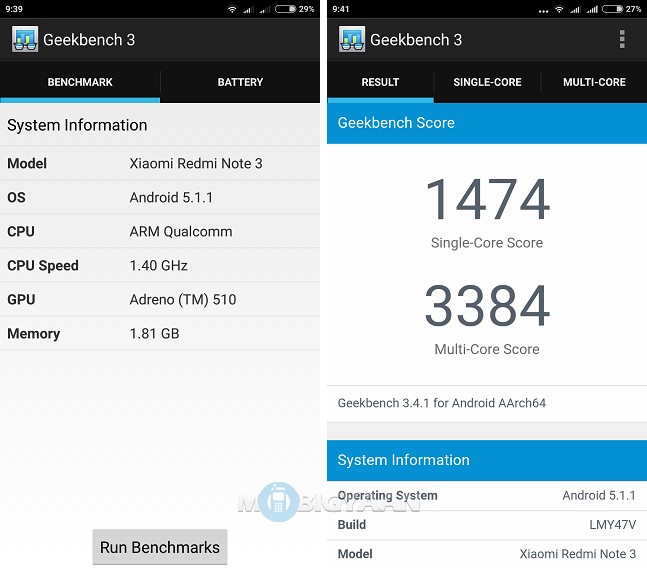
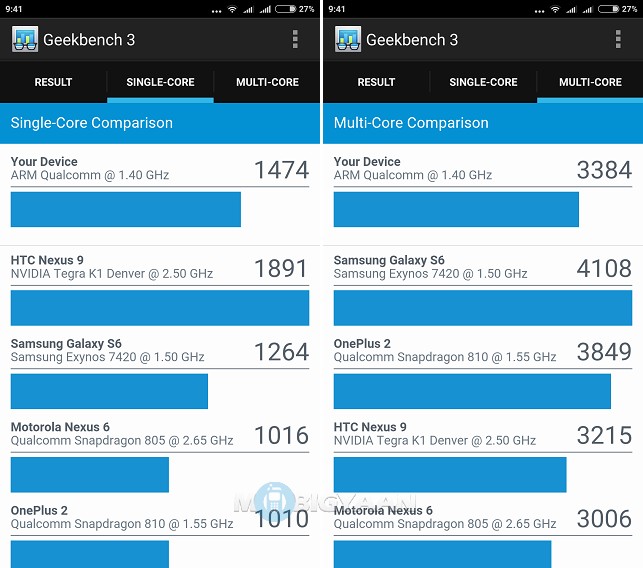
The gaming performance on the Xiaomi Note 3 was far better than most of the smartphones offer under this category. The Adreno 510 handles the games easily. The performance is above mainstream level i.e. a few high-end games are also playable. We ran games like Asphalt 8: Airborne, Angry Birds 2 and Traffic Rider.
Games Tested on Xiaomi Redmi Note 3:
- Asphalt 8: Airborne
- Traffic Rider
- Angry Birds 2
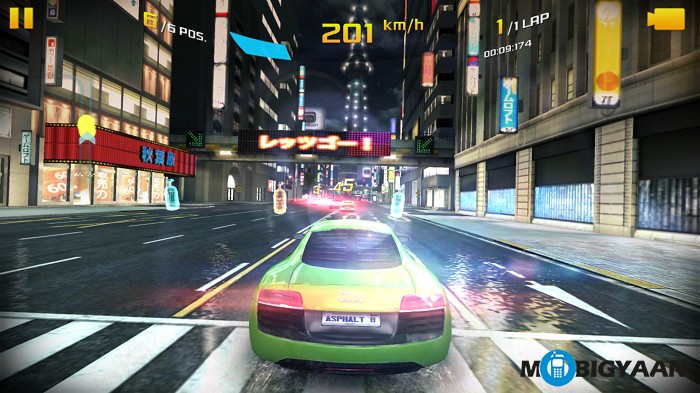

The temperature remains below 40 degrees and while charging the battery it reaches 43 degrees but that’s expected when you use fast charging. The CPU-Z showed a temperature of 43 degrees under load.
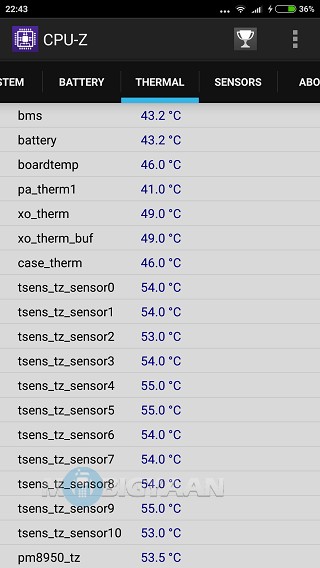
Camera
The camera on the Xiaomi Redmi Note 3 is upgraded to 16 MP from 13 MP as seen in the previous Redmi Note phones.
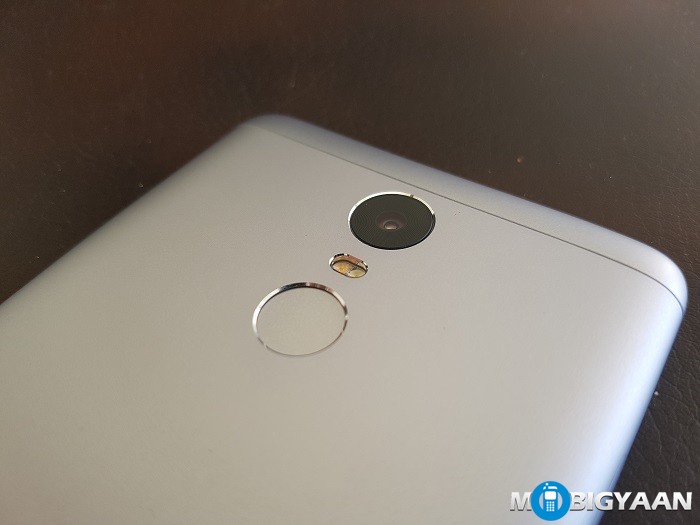
The same interface from Xiaomi is seen in the Redmi Note 3. You have options like Panorama, Manual Mode, Beautify, Straighten, HTT Mode, Fish Eye and etc. These modes can be found when you swipe to left in the camera app. Swiping to the right gets you camera filters.
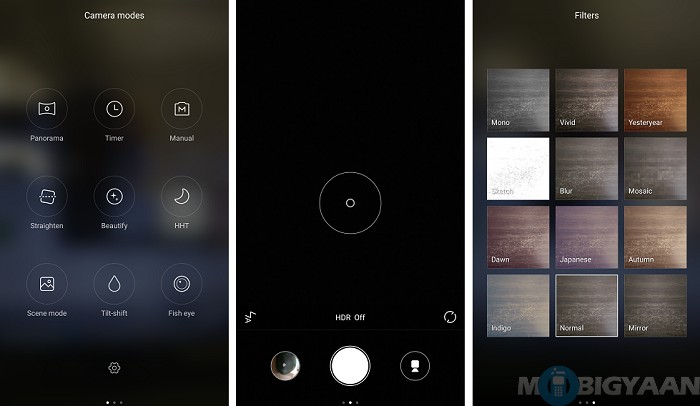
To see the camera performance, we have captured a number of images in different conditions. Check out the camera samples of the Xiaomi Redmi Note 3 below.
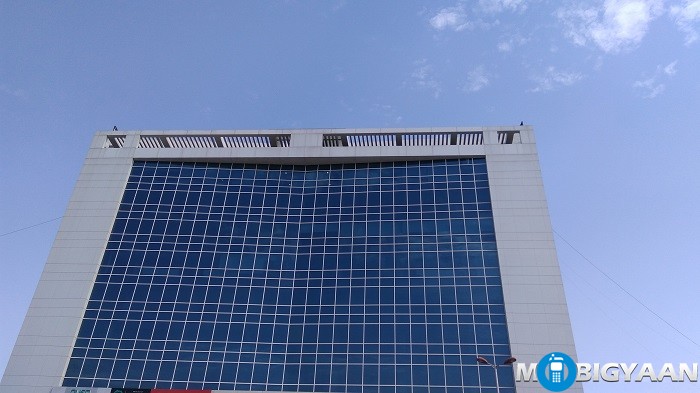






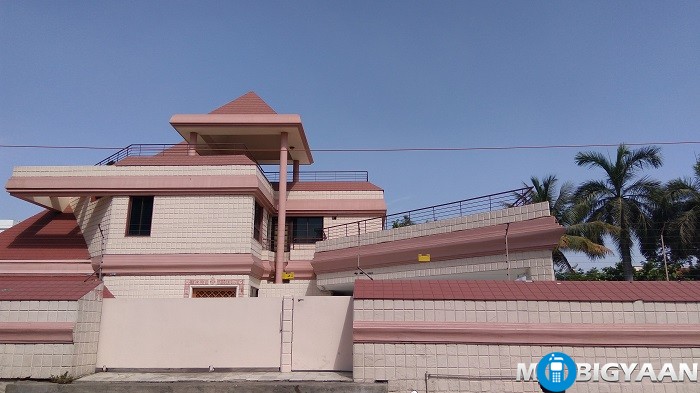

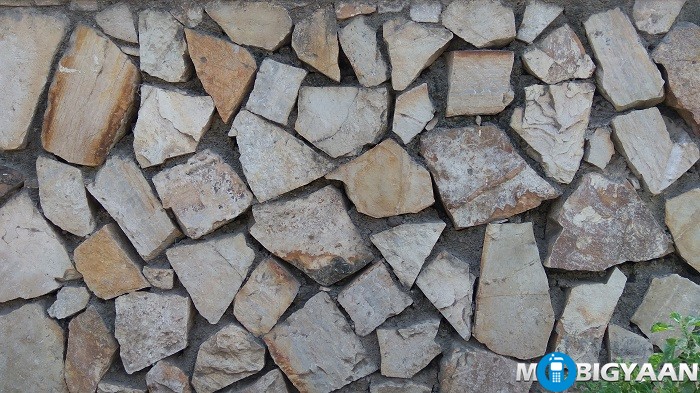
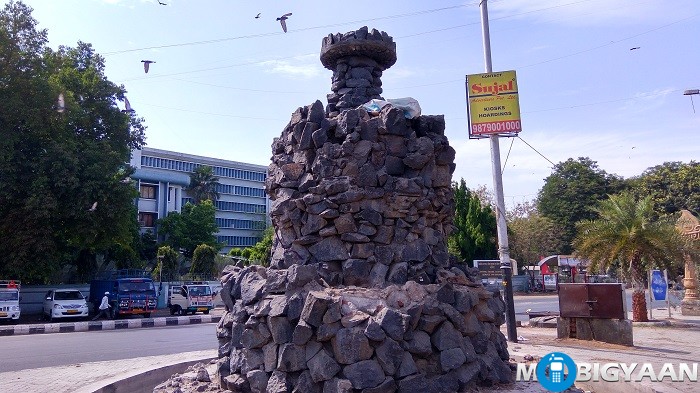

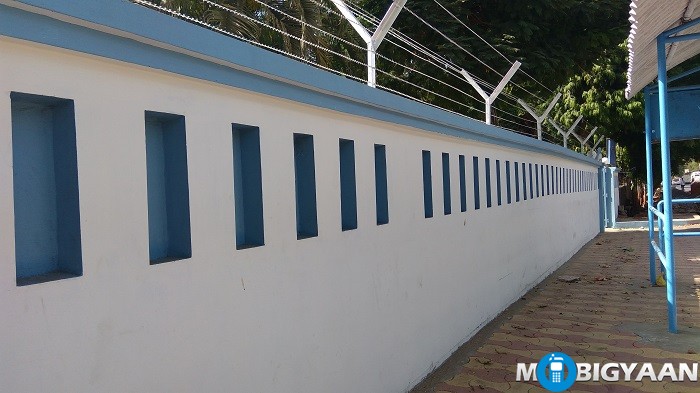
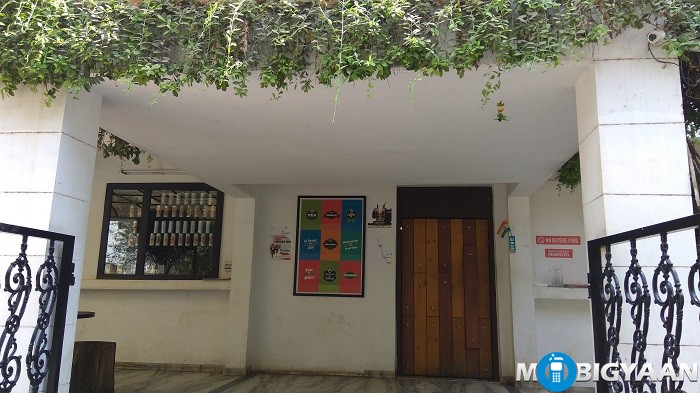
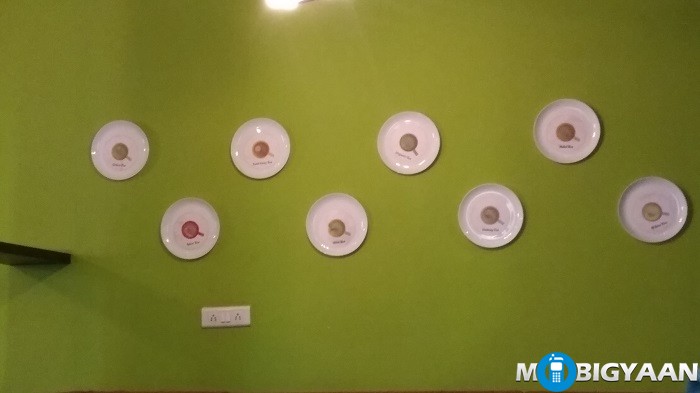

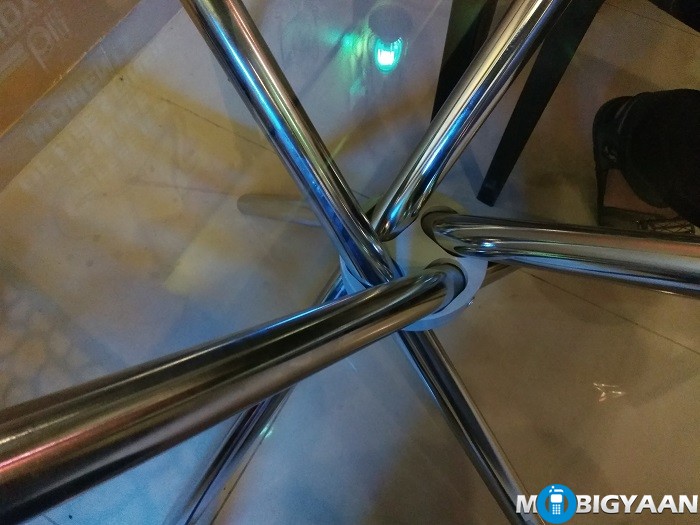


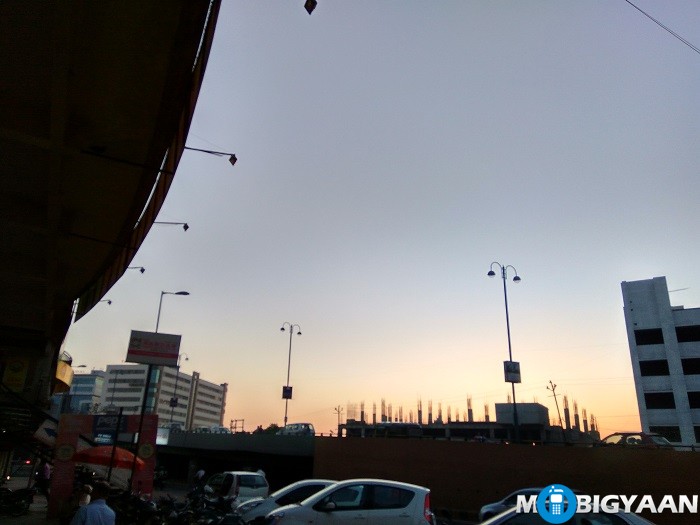
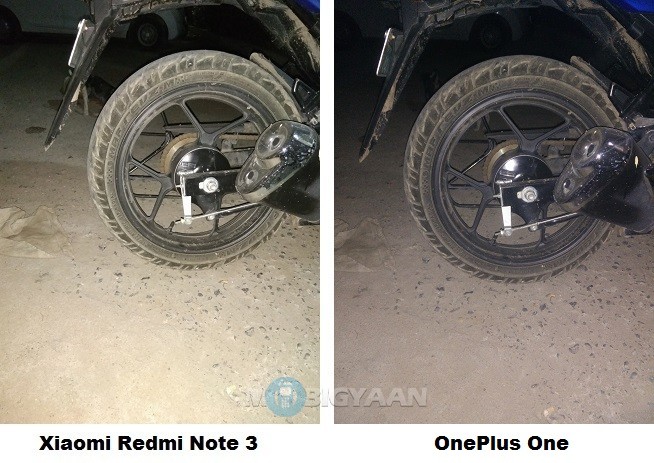
Don’t be fooled by the 16 MP camera, the performance is a tad weak. In certain conditions, the shots exhibit low quality. It may seem the camera app from Xiaomi limits the camera capabilities. You can always try the third party camera apps. But again, the camera could have been better. I have used a similar priced LeEco (Letv) Le 1s smartphone, and the camera quality is much better comparatively.
The camera on the Xiaomi captures average quality shots, in the daytime, the image lacks contrast and details, but HDR gives a bit of an advantage. The performance is good if there is a plenty of light incoming. You can get good images when captured in HDR mode. The low light shots are worst. While capturing images, it takes a couple of seconds to capture the image at night after you click the actual camera button. In fact, choosing the HDR mode takes, even more, time to capture and you have to hold the phone a bit longer to capture the shot.
We weren’t impressed with its camera. Overall the camera performs average. While an average person doesn’t care about the camera too much, however, if you are a camera freak, then you better watch out for any other option.
Storage and Connectivity
The Xiaomi Redmi Note 3 sports a 16 GB internal storage. It also supports a Micro SD card expansion slot if you want an additional space in future. The storage you get will be is around 10.26 GB out of 16 GB storage.
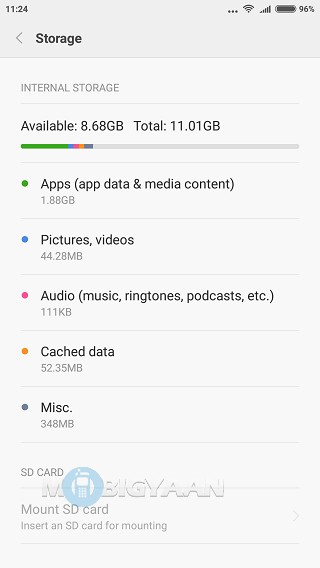
The Xiaomi Redmi Note 3 doesn’t come with a USB Type-C but instead a standard Micro USB port. It would be surprising if Xiaomi had provided a USB Type-C port.
Battery Life
The Xiaomi Redmi Note 3 is powered by a 4050 mAh battery which can’t be user replaceable. Surprisingly, the battery runs amazing despite having a powerful CPU. So, we have carried a number of battery tests to see how does the it perform under certain conditions.
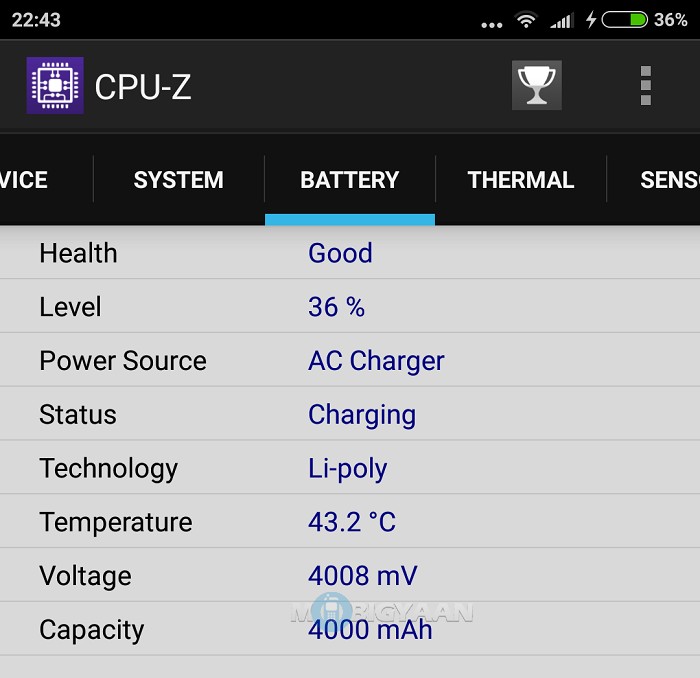
In general, using the phone moderately gets you around 2 days on a fully charged battery. However, in our tests, the battery even runs fine on moderate to heavy usage. It can survive one full day when you play games and surf heavily on Wi-Fi along with a number of camera clicks. When I saw the real-life performance of the battery, I was astounded. The Screen On time took 20% of battery in 3 hours. The battery dropped 50% after 4 and half days keeping the phone on standby.
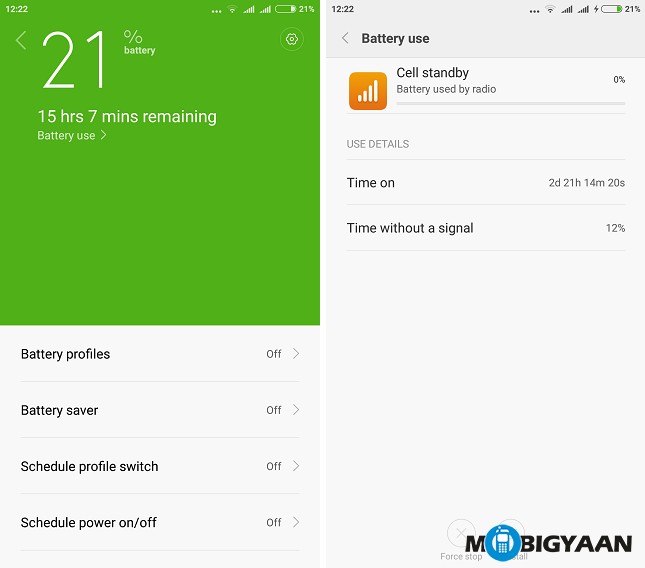
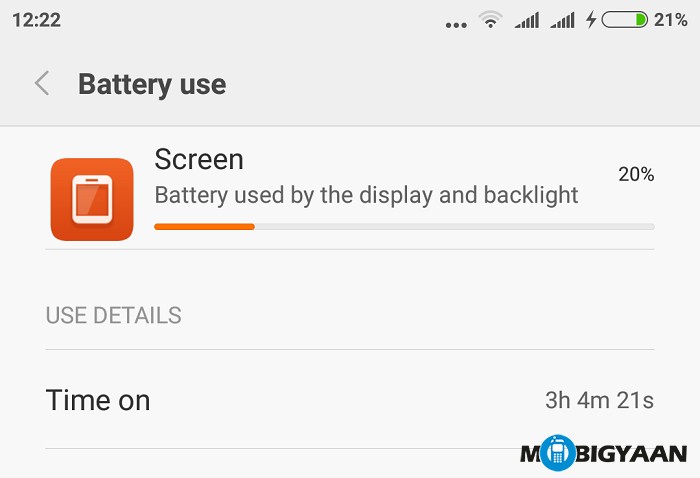
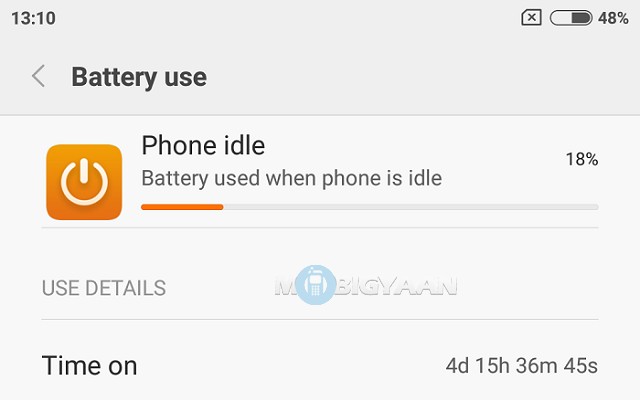
Xiaomi has a battery saving trait if you want a long lasting battery life. You can easily find the battery saver option. There are three battery saver profiles – Default, Marathon, and Sleep each having different functions to extend the battery life. The default profile clears any background process while the phone is sleeping. The Marathon extends the battery life by turning off the wireless such as Wi-Fi and Mobile Data. Even more battery juice can be achieved with the Sleep profile.
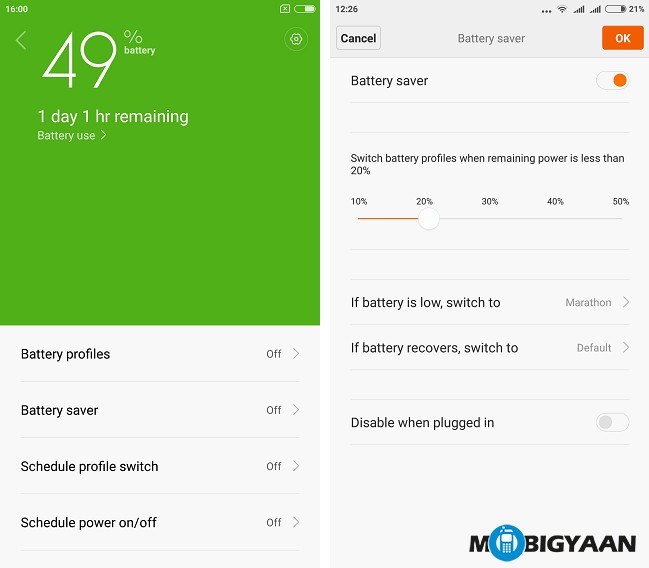
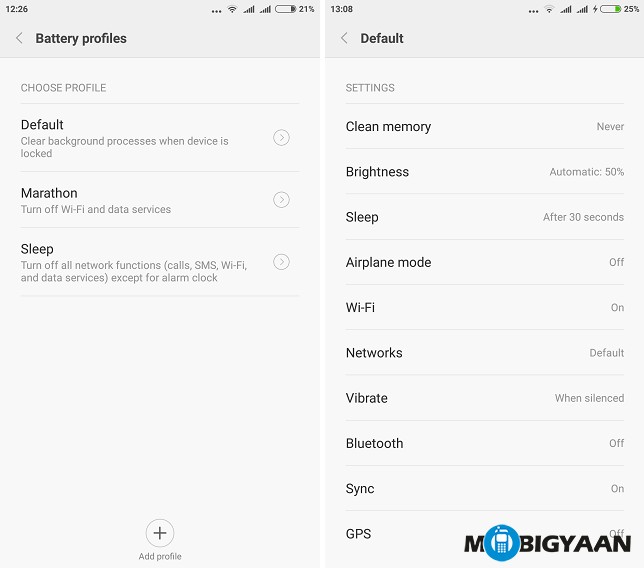
Moreover, the profiles can be configured to trigger them at a specific time by using the profile switch. Such profiles can be helpful when you are sleeping at night.
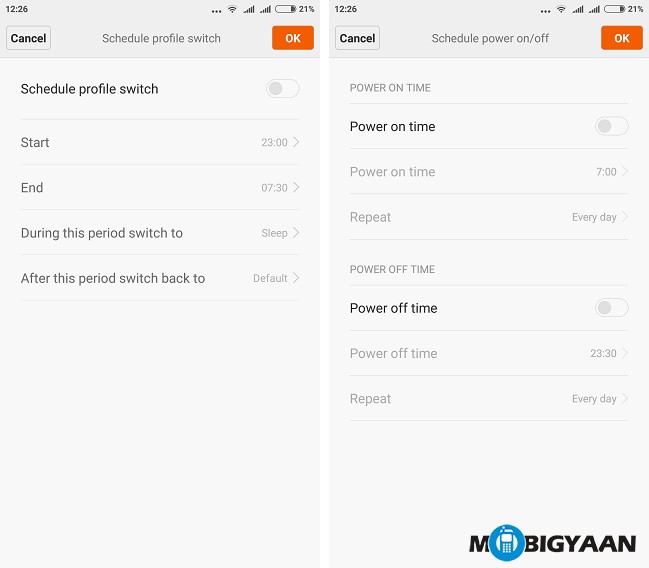
See our battery benchmarks showing how the 4050 mAh battery runs when we do specific tasks on the phone.
[table id=18 responsive=flip /]
Verdict
The Xiaomi Redmi Note 3 is a perfect mid-range smartphone for those who are looking at a price of ₹10,000. The performance is best among all the other smartphones at this price range. However, its camera performance is slightly weak and people who care about the camera quality should look for other options. The Redmi Note 3 is best if you want a phone with great battery life.
For those who have a tight budget and who are are looking for a smartphone with great performance and great battery life, Xiaomi Redmi Note 3 is the one.
Competitors:
- Letv/LeEco Le 1S – ₹10,999
- Honor 5X – ₹12,999
Pros
- Powerful Snapdragon 650 SoC
- Fingerprint Scanner
- Metallic Design
- Great Battery Life
- MicroSD support
- VoLTE support
Cons
- Average Camera
